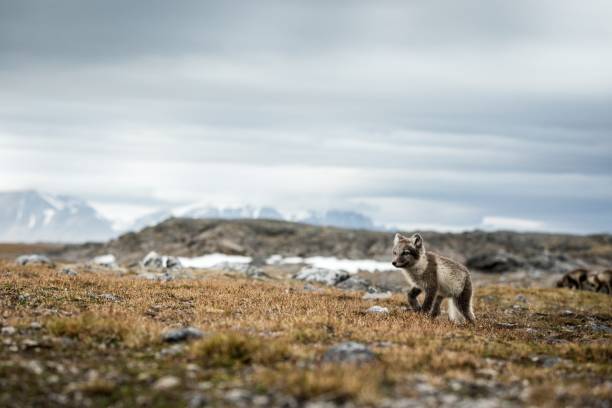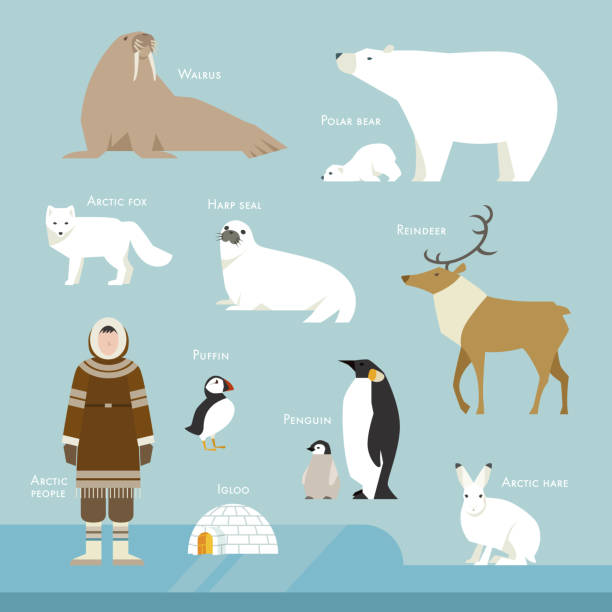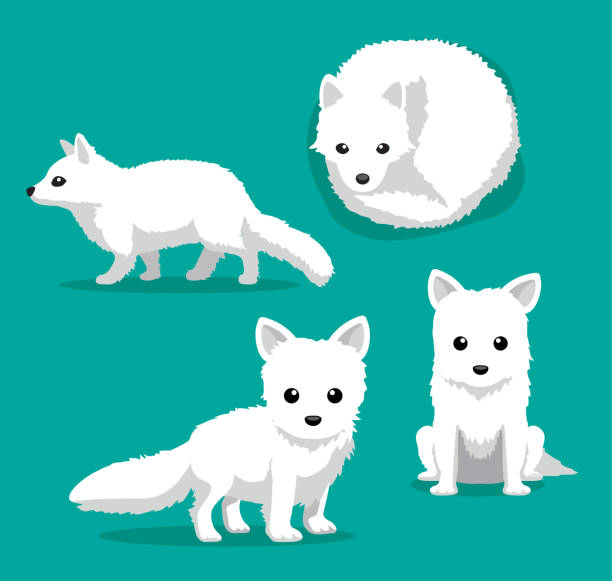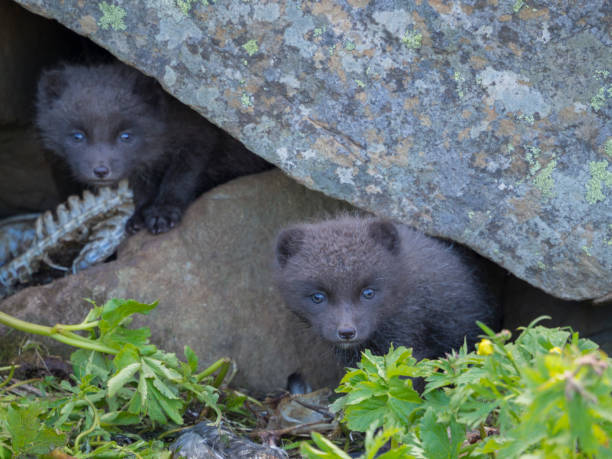
Arctic Fox Kit Pictures, Images and Stock Photos
Browse 860+ arctic fox kit stock photos and images available, or search for arctic fox baby to find more great stock photos and pictures.


Arctic fox living high in the mountain of Norway. This its taking during the fall.
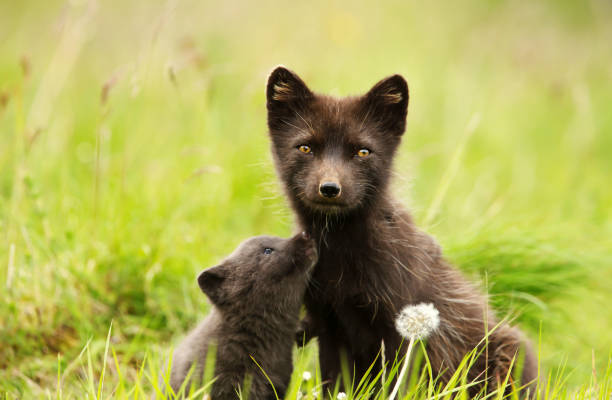
Close-up of Female Arctic fox with a cute little cub in the meadow, summer in Iceland.

Cute fox cub resting on a cliff after playing with its siblings
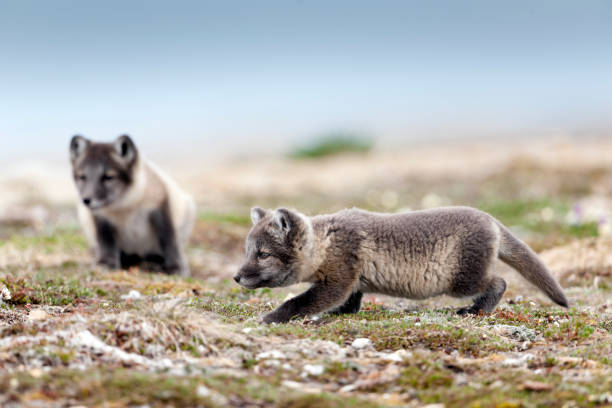
Arctic fox kits at their den near the town of Cambridge Bay in Nunavut, Canada. The arctic fox (Vulpes lagopus) is a small fox native to the High Arctic regions of the North America, Europe, and Asia. In winter it has pure white fur, but in summer it is grayish or gray-brown. Its fur is the most efficient insulator among mammals. Arctic foxes live in dens that may be used by many successive generations, and usually have from five to eight kits. They eat whatever small animal they can catch, supplemented by carrion, berries, and seaweed. Although isolated populations are threatened, the entire species is listed as Least Concern on the IUCN Red List.
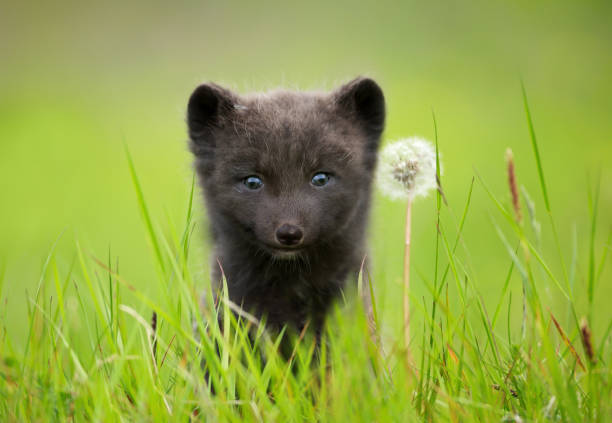
Close up of Arctic Fox (Vulpes lagopus) cub standing near a dandelion, Iceland.
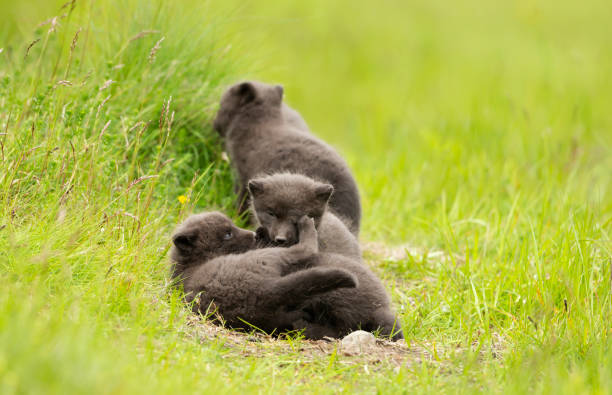
Close up of playful Arctic Fox (Vulpes lagopus) cubs in green grass in summer, Iceland.
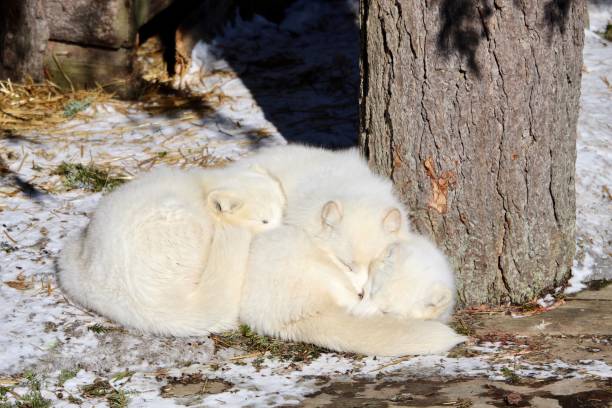
Bunch of white arctic foxes cuddling together.

Illustrationen visar en räv
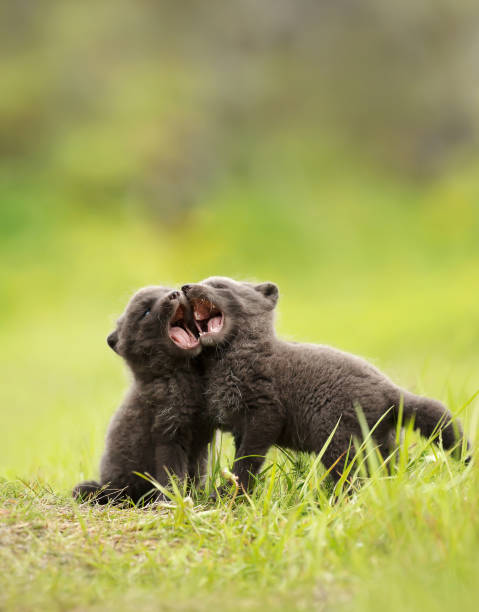
Close up of playful Arctic fox (Vulpes lagopus) cubs in summer, Iceland.
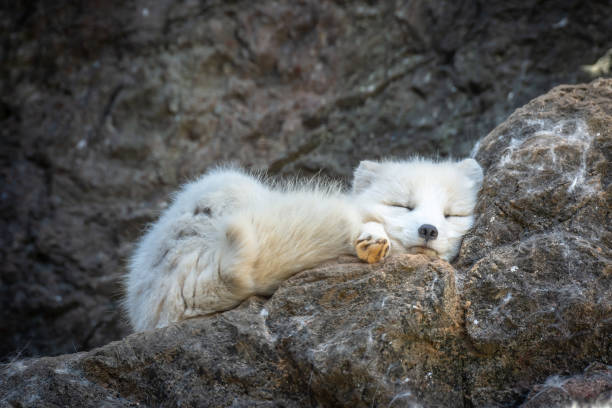
Arctic fox is sleeping on the rock.The Arctic fox, also known as the white fox is a small fox native to the Arctic regions of the Northern Hemisphere.
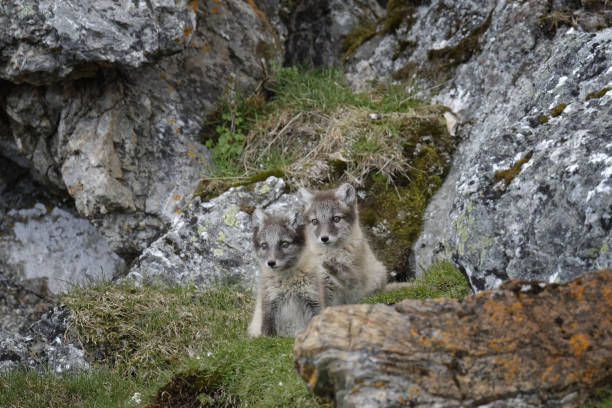
Young Arctic Foxes (Vulpes lagopus), Alkhornet, Svalbard Archipelago, Norway

Arctic Fox Alopex lagopus In summer

Front view of arctic fox cub, Svalbard Islands, Arctic, Longyearbyen, Northern Europe, Norway
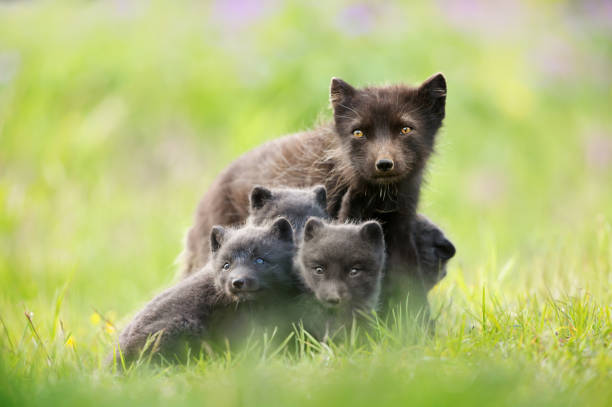
Close up of Arctic fox (Vulpes lagopus) with cubs in summer, Iceland.
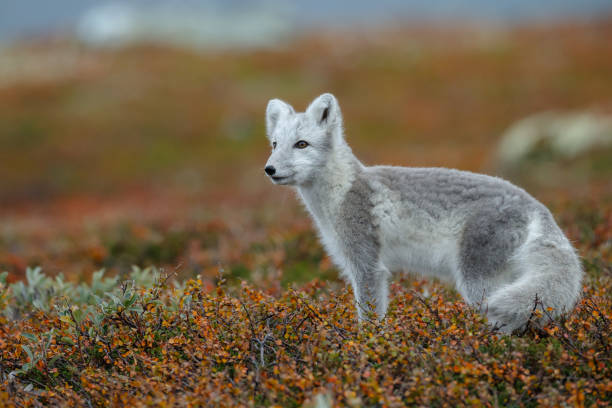
Arctic fox living high in the mountain of Norway. This its taking during the fall.

(Alopex lagopus) Arctic fox. Wildlife. Arctic, Kolguev Island, Russia.

Vector flat seamless pattern with hand drawn north animals, fish, birds, water isolated on winter landscape. Good for packaging paper, cards, wallpapers, gift tags, nursery decor etc.
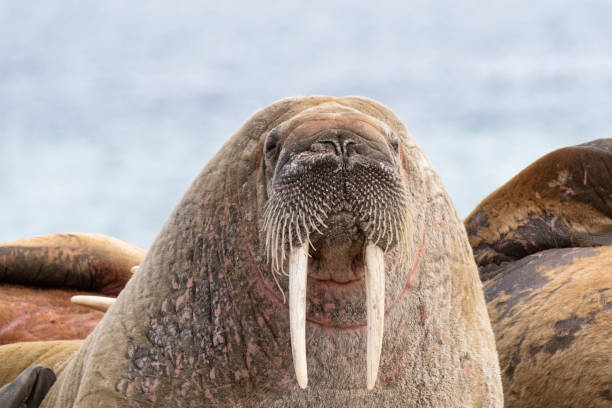
Front view of walrus, Svalbard Islands, Arctic, Longyearbyen, Northern Europe, Norway
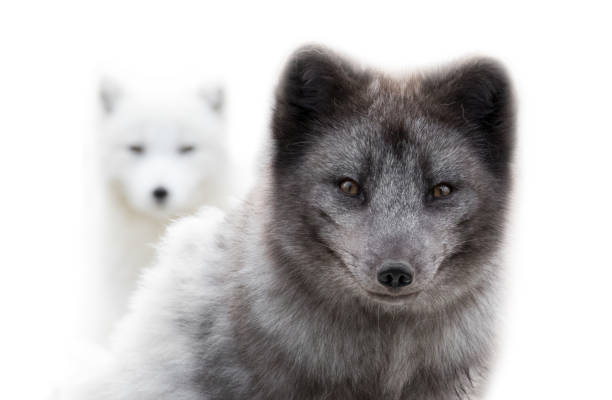
Portrait of two arctic foxes looking right into camera lens
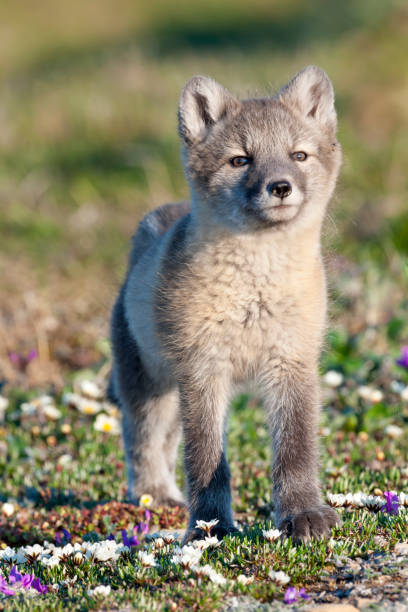
An arctic fox kit at its den near the town of Cambridge Bay in Nunavut, Canada. The arctic fox (Vulpes lagopus) is a small fox native to the High Arctic regions of the North America, Europe, and Asia. In winter it has pure white fur, but in summer it is grayish or gray-brown. Its fur is the most efficient insulator among mammals. Arctic foxes live in dens that may be used by many successive generations, and usually have from five to eight kits. They eat whatever small animal they can catch, supplemented by carrion, berries, and seaweed. Although isolated populations are threatened, the entire species is listed as Least Concern on the IUCN Red List.

Vector set with arctic animals for kids. Set includes polar bear, seal, walrus, owl, penguins, arctic fox, reindeer, and whale. Iceberg, igloo and sky on background. Arctic animals vector illustration.
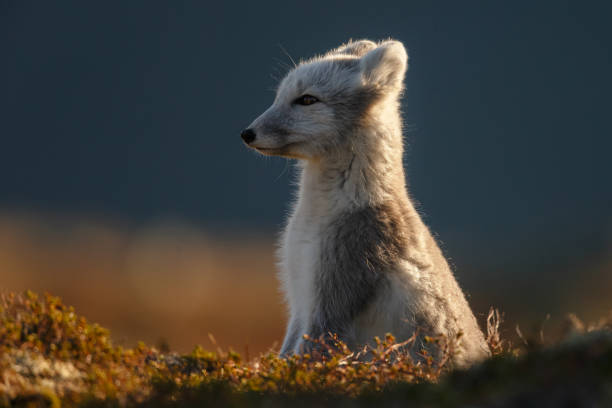
Arctic fox living high in the mountain of Norway. This its taking during the fall.

A collection of arctic animals in silhouette. These include. Husky, polar bear, reindeer, penguin, seal, wolf,rabbit, fox, owl, whale and walrus.

Watercolor set of illustrations. Hand painted animals of Arctic and Antarctica. Polar bear, killer whale, reindeer, fox, narwhal, fur seal, walrus. Puffin, tern, penguin, snow owl. Isolated clip art

Cute Arctic animals, fox, snowy owl, walrus, northern landscape, isolated. Hand drawn vector illustration. Winter animal character, wildlife. Design concept kids fashion, textile print, poster card

Arctic Fox, Vulpes lagopus, Signehamna Harbor, Nordvest Spitsbergen National Park, Krossfjord, Arctic, Spitsbergen, Svalbard, Norway, Europe
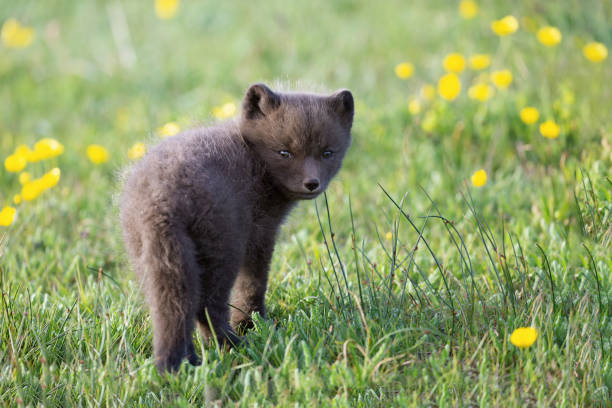
Close-up of a cute Arctic fox cub in the meadow, Iceland.

Little white Arctic Fox (Vulpes lagopus) with special eyes in the summer season at the zoo

polar animals watercolor collections. snowy owl. reindeer. polar bear. fox. penguin. walrus seal hare whale

vector illustration of polar bear running with friends
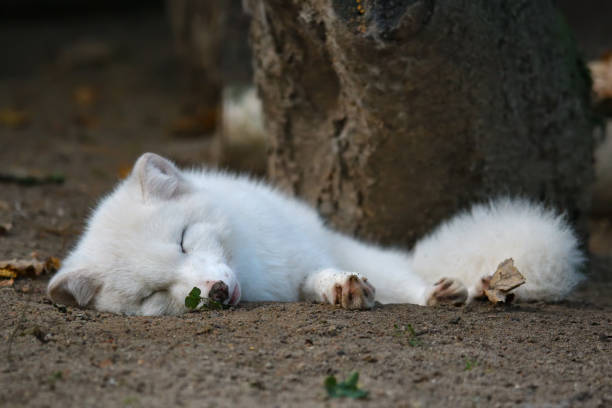
a polar fox (Vulpes lagopus) lying on the ground
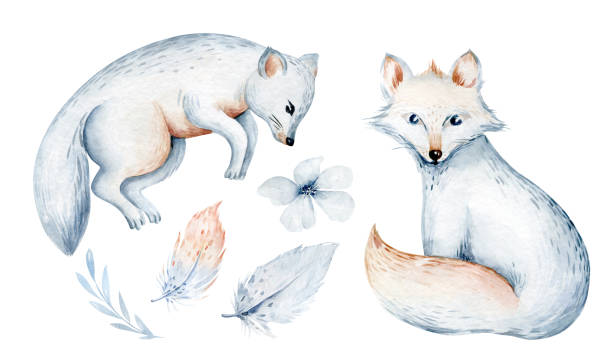
Set of watercolor illustrations of a seal with a baby seals isolated on a white background. Arctic water world
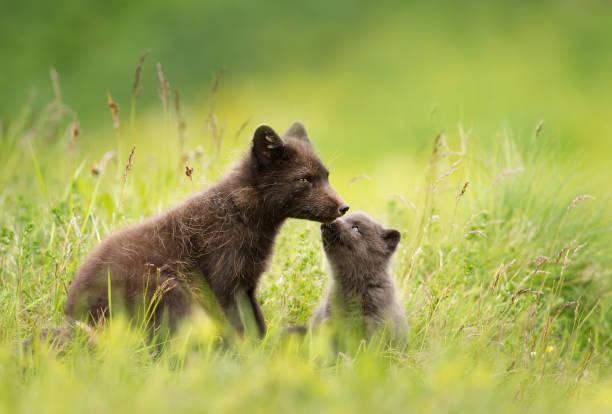
Mother Arctic Fox (Vulpes lagopus) with a cub, Iceland.

This serene image features an Arctic Fox lying atop a wooden structure, its piercing gaze meeting the viewer amidst a natural backdrop. The fox's thick, multi-toned fur, an adaptation for harsh winter climates, contrasts beautifully with the rustic wood, while its sharp, attentive eyes reflect a keen awareness of its surroundings. The photograph captures the essence of this resilient species, known for its adaptability and iconic status in Arctic habitats.
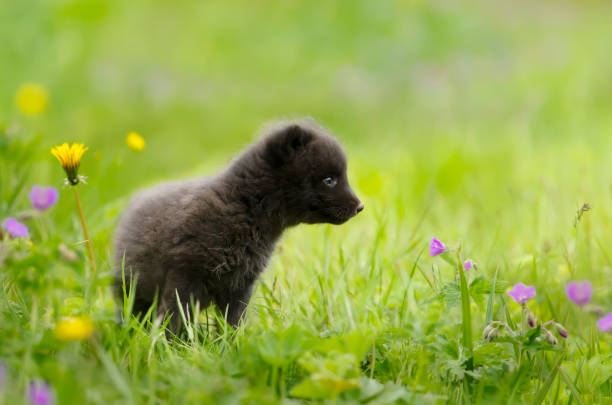
Close-up of a cute Arctic fox cub in a meadow with flowers, Iceland.
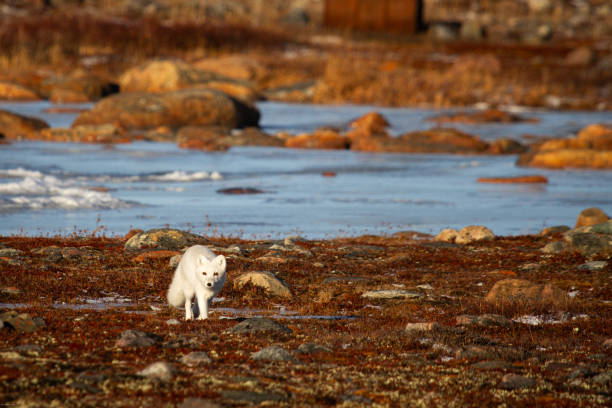
Arctic fox walking and staring on a colourful red tundra during moult season from grey summer fur to winter white coat
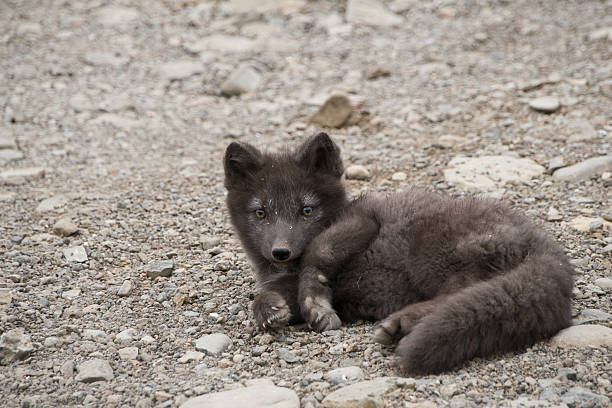
Arctic fox playfully looking at photographer, Iceland
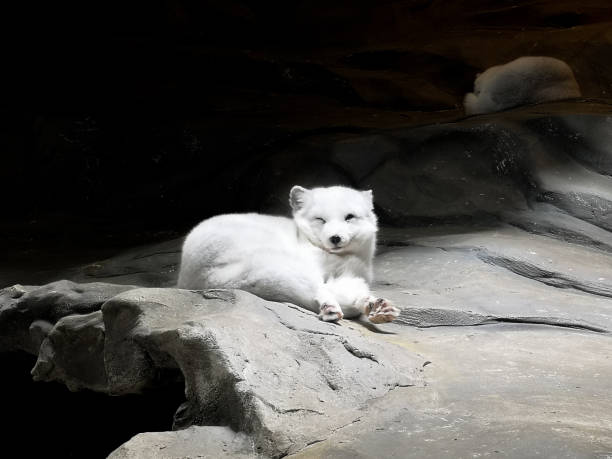
The Arctic fox, also known as the white fox, polar fox, or snow fox, is well adapted to living in cold environments. It is best known for its thick, warm fur that is also used as camouflage.
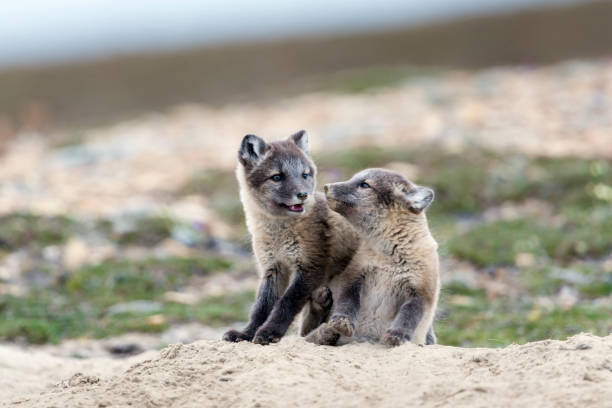
Arctic fox kits at their den near the town of Cambridge Bay in Nunavut, Canada. The arctic fox (Vulpes lagopus) is a small fox native to the High Arctic regions of the North America, Europe, and Asia. In winter it has pure white fur, but in summer it is grayish or gray-brown. Its fur is the most efficient insulator among mammals. Arctic foxes live in dens that may be used by many successive generations, and usually have from five to eight kits. They eat whatever small animal they can catch, supplemented by carrion, berries, and seaweed. Although isolated populations are threatened, the entire species is listed as Least Concern on the IUCN Red List.

Set of nine arctic and antarctic animals. Polar bear, baby penguin, seal, walrus, arctic owl, white rabbit, fox, whale and sea gull
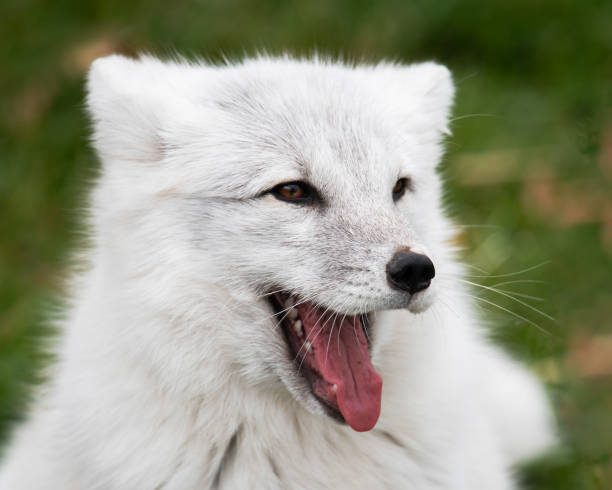
Arctic fox with mouth open having fun outdoors

Little white Arctic Fox (Vulpes lagopus) with special eyes in the summer season at the zoo

Arctic fox kits at their den near the town of Cambridge Bay in Nunavut, Canada. The arctic fox (Vulpes lagopus) is a small fox native to the High Arctic regions of the North America, Europe, and Asia. In winter it has pure white fur, but in summer it is grayish or gray-brown. Its fur is the most efficient insulator among mammals. Arctic foxes live in dens that may be used by many successive generations, and usually have from five to eight kits. They eat whatever small animal they can catch, supplemented by carrion, berries, and seaweed. Although isolated populations are threatened, the entire species is listed as Least Concern on the IUCN Red List.

close-up of anarctic fox (Vulpes lagopus) also known as polar fox or white fox on black background

Watercolor winter collection with arctic fox,lemming,fur seal,penguin,ermine.Isolated animals.Perfect for invitation,wallpaper,print,textile,holiday,school,patterns,scrapbooking,packaging etc


